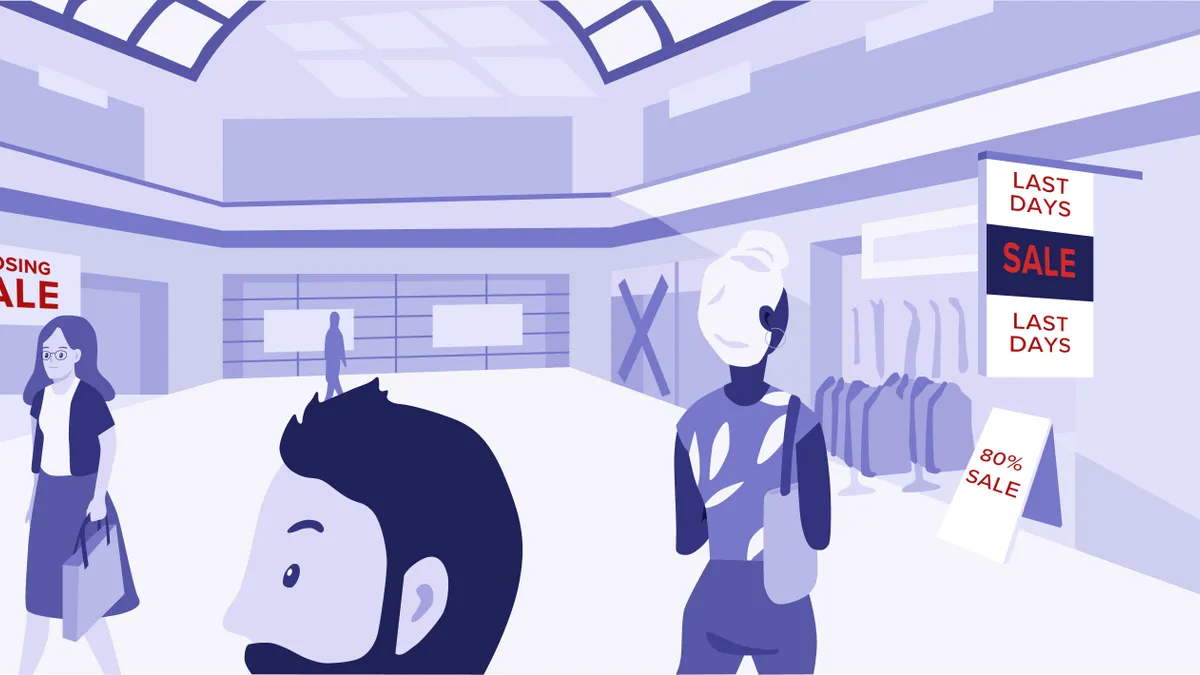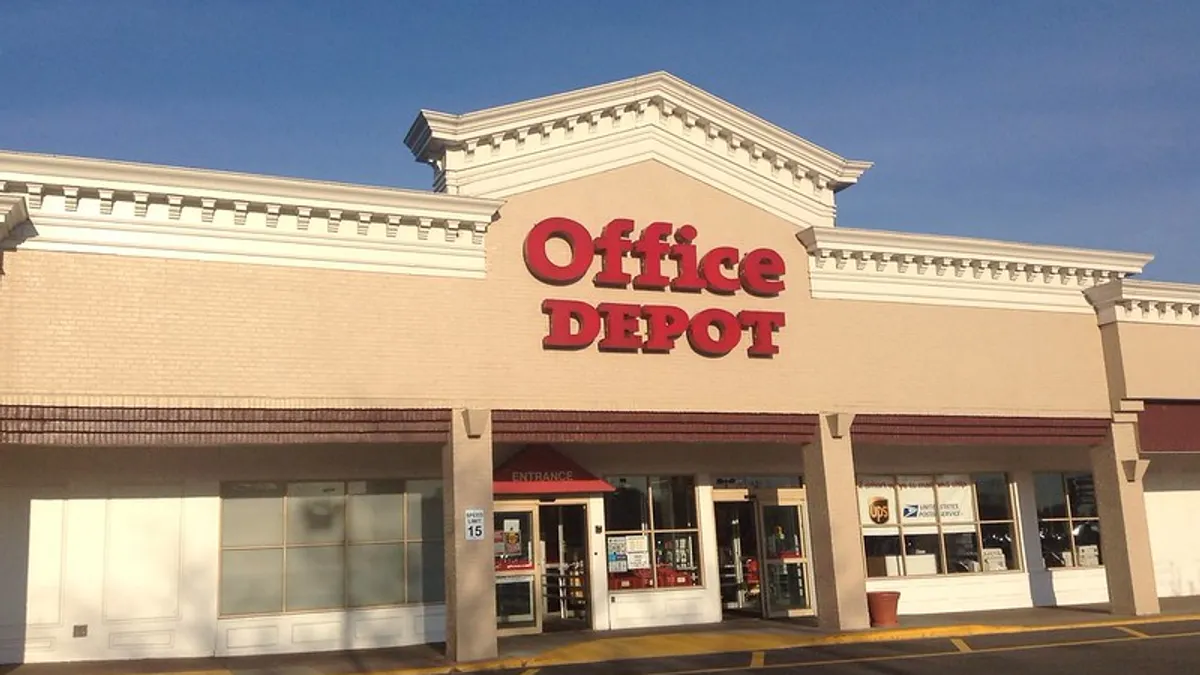The first nine months of 2023 have seen big-name retailers including David’s Bridal, Bed Bath & Beyond and Party City file for bankruptcy. And more could be on the way.
Moody’s Investors Service in July said defaults in retail and apparel would continue to rise, jumping from 6% to 8.6% in the following 12 months as weakening consumer spending and high product, labor and freight costs weigh on businesses. And in a Sept. 20 report, S&P Global Ratings warned that the risk of a U.S. recession in the next 12 months, while lower than the start of the year, was still elevated.
“A lot of retail is consumer discretionary so in the event of an economic pullback, or economic uncertainty, you'll see some of that revenue come down because it's more of a discretionary purchase,” Elizabeth Han, a senior director on Fitch Ratings’ U.S. leveraged finance team, said in an interview.
Han noted supply chain and inventory challenges, as well as inflation and other macroeconomic concerns have affected retailers as well. Fitch has witnessed more distressed debt exchanges from retailers recently, and Han cited high interest rates as another challenge for companies loaded down with debt.
“There was really no expectation that the velocity of interest rate hikes would be this fast in such a short timeframe. I think there was some sense of, ‘if the Fed is going to raise rates, it won't even be until next year,’ and then here we are,” Han said. “So I think some companies, they’ve just kind of caught a little bit off guard.”
| FRISK score | Probability of bankruptcy within 12 months | |
|---|---|---|
| Best | 10 | 0.00% – 0.12% |
| 9 | 0.12% – 0.27% | |
| 8 | 0.27% – 0.34% | |
| 7 | 0.34% – 0.55% | |
| 6 | 0.55% – 0.87% | |
| 5 | 0.87% – 1.40% | |
| 4 | 1.40% – 2.10% | |
| 3 | 2.10% – 4.00% | |
| 2 | 4.00% – 9.99% | |
| Worst | 1 | 9.99% – 50.00% |
Source: CreditRiskMonitor
Fitch’s own list of vulnerable retailers includes players like 99 Cents, At Home, Belk, Rugs USA and Joann. CreditRiskMonitor, which labels companies with a FRISK score to measure the probability of them filing for bankruptcy within 12 months, listed 11 noteworthy retailers and brands with either a 4% to 10% chance of filing for bankruptcy or a 10% to 50% chance.
Retailers with an elevated risk of bankruptcy
| Name | Sector | Frisk Score |
|---|---|---|
| Farfetch | Luxury | 1 |
| Joann | Craft | 1 |
| Qurate Retail | Video commerce | 1 |
| Rent the Runway | Apparel | 1 |
| Rite Aid | Drugstore | 1 |
| A.K.A. Brands | Apparel | 2 |
| Big Lots | Home | 2 |
| The Container Store | Home | 2 |
| Kirkland's | Home | 2 |
| Petco | Pets | 2 |
| Vince | Apparel | 2 |
Source: CreditRiskMonitor's FRISK scores as of Oct. 2.
The story of who files and who doesn’t often comes down to debt, according to David Silverman, senior director of Fitch Ratings’ U.S. retail team.
“Abercrombie & Fitch and J. Crew actually had very similar operating stories,” Silverman said. “These are mid-tier, mall-based department store brands that had lost their way a little bit. One ended up undertaking a number of distressed debt exchanges and ultimately filed bankruptcy at the beginning of the pandemic. The other one didn't really and still doesn't really have any debt.”
The other difference? “One of them went through an LBO and one of them didn’t,” Silverman said.
The majority of high-profile retail bankruptcies in the past few years have featured a leveraged buyout, Silverman noted, including Neiman Marcus, J. Crew and Toys R Us. And several retailers at risk according to CreditRiskMonitor, or by Fitch’s measure, are either currently owned by private equity or had previous private equity ownership.
Some occupy sectors that seemed to thrive during the pandemic, like home, pets or crafting. Trends that buoyed those sectors are showing signs of reversing, and the boost the pandemic gave some of those businesses may have been simply a “positive interruption” to an otherwise negative trajectory, according to Silverman.
“Some companies that saw this period as a little bit more temporal took the opportunity to say, ‘Look, we're over-earning, let's take some cash flow and pay down debt. Let's clean up the balance sheet,’” Silverman said. “Unfortunately, there were a number of consumer and retail companies that felt like, ‘The strength that we are seeing today is going to continue’ … and they actually made decisions that turned out to be, frankly, regrettable.”
Here’s a closer look at a few of the companies with a higher risk of bankruptcy in the next 12 months, and how they got here.
Joann
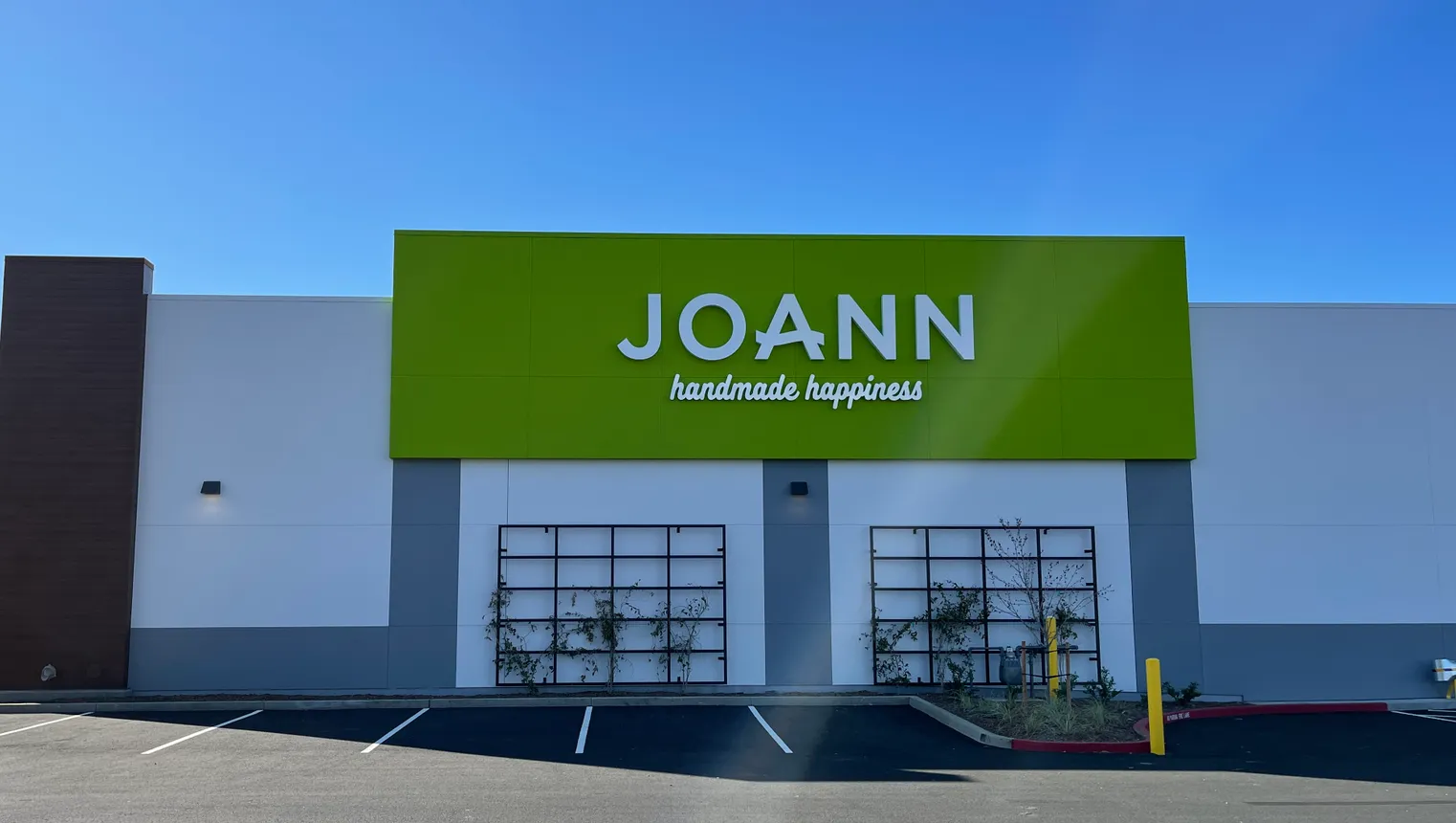
It’s been a series of ups and downs for Joann since the pandemic hit in 2020. The craft retailer was downgraded by S&P Global toward the beginning of that year in a slew of credit downgrades that swept across the industry as the financial challenges of the pandemic became clear.
For most of the retail industry, the pandemic meant temporary store closures that lasted for months and deeply slashed revenue. Joann was no different, and it suffered along with the rest of retail from the initial impact of closures. But later on in 2020 and into early 2021, Joann benefited from a consumer base that was mostly stuck at home — and interested in crafting.
The strong market led Joann to file for an IPO in February 2021, though private equity firm Leonard Green & Partners maintained majority ownership of the company after. But later in 2021, Joann was already showing signs that it couldn’t hold onto the gains it made during the pandemic. The retailer’s sales fell nearly 30% in Q2 that year as it lapped “unprecedented sales growth” from the year prior and struggled against supply chain challenges and new COVID variants.
This year, the craft retailer has been working to cut costs across its supply chain and product assortment. The retailer laid off an unspecified number of employees in September amid changes to its corporate structure, which included its vice president and controller (who was also its former interim CFO). Joann entered into a $100 million first-in, last-out facility in March to shore up liquidity, and at the end of July had long-term debt of $1.1 billion. CEO Wade Miquelon also retired in May, with no permanent replacement named yet.
The company has a FRISK Score of 1 with CreditRiskMonitor, which represents a 10% to 50% chance of bankruptcy in the next 12 months, and its market capitalization has declined by 89% over the last 12 months, according to the firm.
Rite Aid
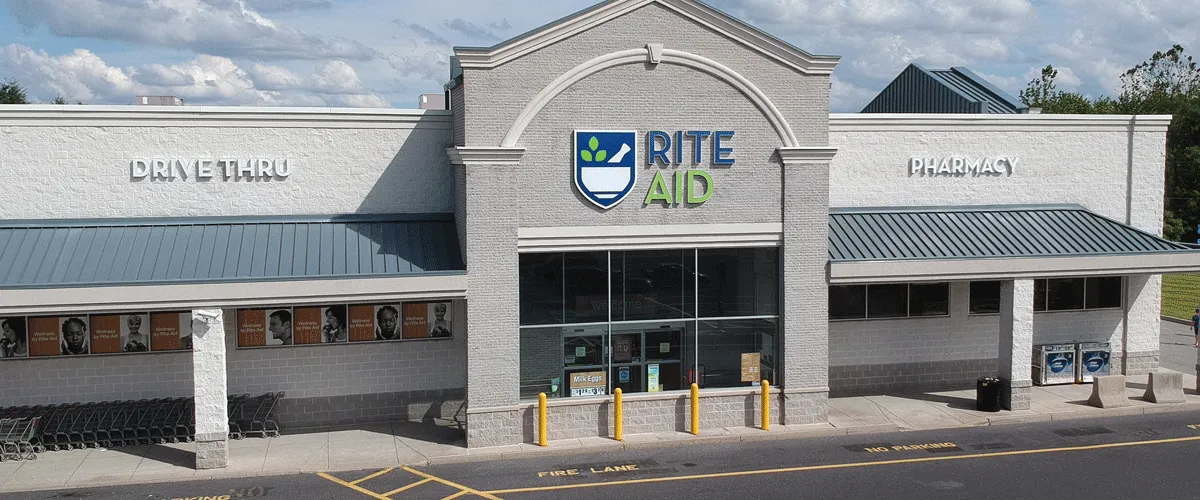
Rumors have swirled as recently as the past few weeks that Rite Aid is preparing to file for bankruptcy. The drugstore retailer, which saw an upswing during the pandemic as shoppers sought out vaccines, COVID tests and masks, listed about $3.3 billion of long-term debt on its balance sheet in June.
The retailer has no permanent CEO yet following the departure of Heyward Donigan, who had been CEO since 2019, in January. And sales have been mostly on the decline. Revenue in the retailer’s first quarter in June this year fell 6%, after a meager 0.5% increase in Q4 and a 2.3% decline in Q3.
“Rite Aid starts its new fiscal year much as it ended its old one: as a company with a reasonable level of sales, but which is encumbered by a balance sheet and business model that does not work in its favor,” GlobalData Managing Director Neil Saunders said in emailed comments in June.
Saunders blamed Rite Aid’s “eyewatering level of debt” as a key challenge, saying the retailer’s liabilities exceed its assets by almost $1 billion, “which gives the company virtually no financial headroom, and no possibility of paying down what it owes.” Interest payments in Q1 alone were $65.2 million.
The company has a FRISK Score of 1 with CreditRiskMonitor, which represents a 10% to 50% chance of bankruptcy in the next 12 months, and its market capitalization has declined by 92% over the last 12 months, according to the firm.
Big Lots
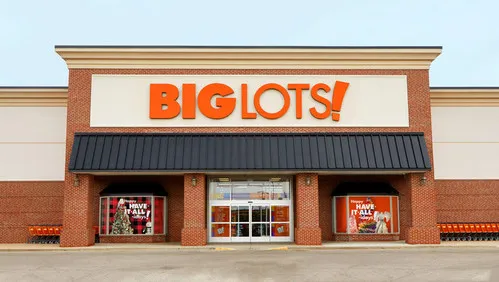
2023 has been a hard year for Big Lots, which saw sales fall by double digits in each of the past two quarters. In May, with sales down 18% year over year, the retailer said it was being tactical about preserving liquidity and had identified $100 million in SG&A savings.
Big Lots has shuttered four distribution centers this year and turned to store leasebacks to reduce costs. And in August, as sales fell 15%, the retailer announced further cost-cutting initiatives. CEO Bruce Thorn said at the time that inflation was hitting its lower-income consumer particularly hard.
The retailer’s financial struggles extend beyond this year, though.
“Their revenue, profit before tax, retained profit, total assets and net worth have all declined for the last two years,” Matthew Debbage, CEO of the Americas and Asia at Creditsafe, said in an email. “But their liabilities have increased for two years. This isn’t a good combination.”
The company has a FRISK Score of 2 with CreditRiskMonitor, which represents a 4% to 10% chance of bankruptcy in the next 12 months, and its market capitalization has declined by 71% over the last 12 months, according to the firm.
The Container Store
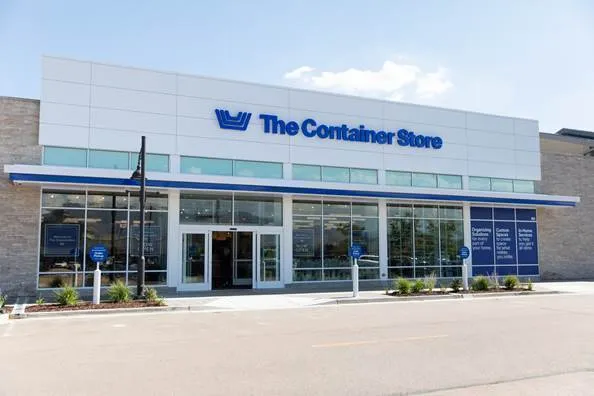
Like Joann, despite the initial pain of the pandemic — The Container Store’s sales fell nearly 28% in the first quarter of 2020 — the surge of consumers staying home for prolonged periods of time proved to be a boon to the retailer’s sales (albeit a temporary one).
By the third quarter that year, which ended the day after Christmas in 2020, The Container Store was posting 20.5% growth, which spiked to 30.4% growth in Q4. But gone are the days of shoppers spending most of their days at home, remodeling and organizing their spaces. Net sales in the first quarter this year were down 21%, which CEO Satish Malhotra attributed to the “challenging macro environment.”
The company announced layoffs in May, and while it didn’t specify the number of employees impacted, The Container Store said it eliminated some open roles and reduced around 15% of workers at its support center and less than 3% at the company’s store and distribution center operations. In September, Malhotra agreed to take a temporary pay cut of 10% on his base salary to help pay for employee raises.
The company has a FRISK Score of 2 with CreditRiskMonitor, which represents a 4% to 10% chance of bankruptcy in the next 12 months, and its market capitalization has declined by 56% over the last 12 months, according to the firm.
Petco
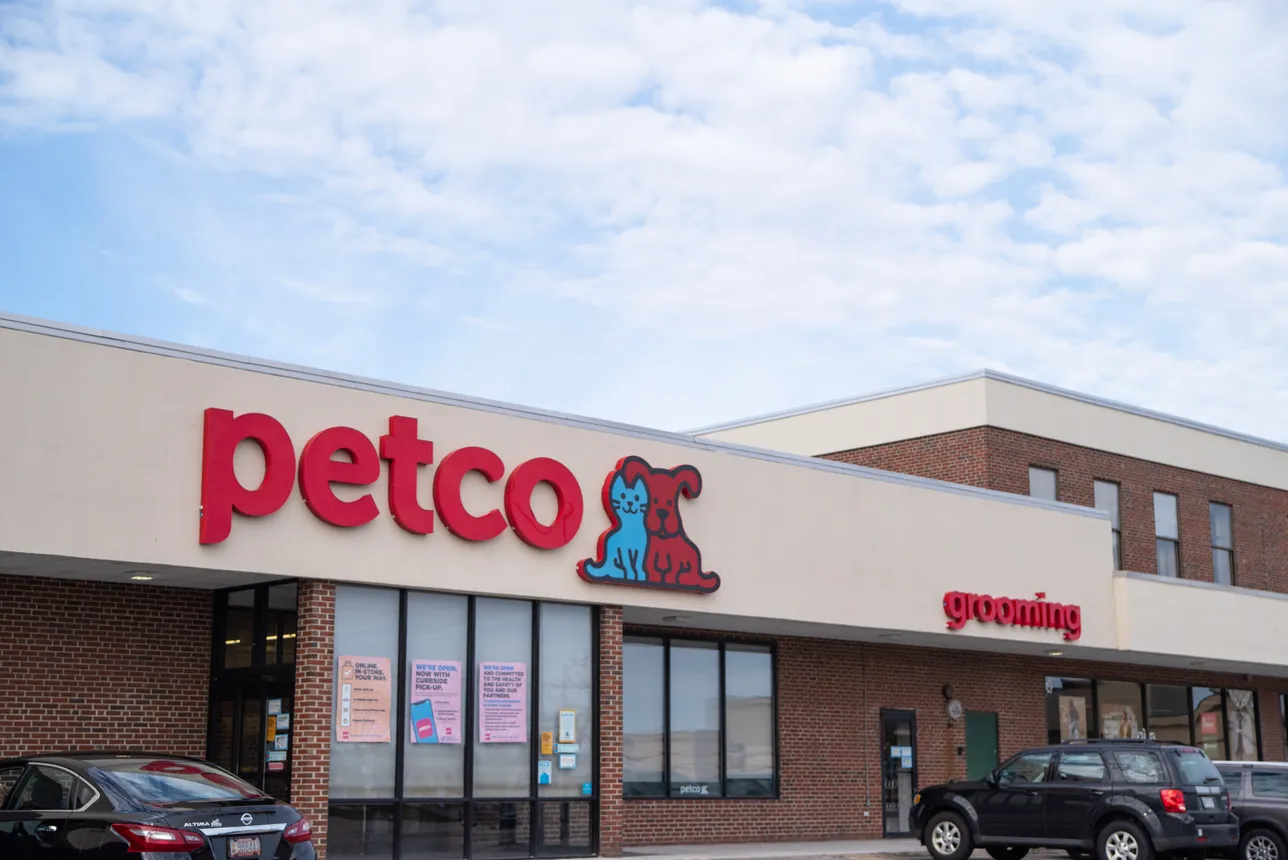
Petco operates in another space that saw an increase during the pandemic, as consumers adopted new pets or treated their existing ones. Deemed essential, pet retailers mostly stayed open during the pandemic, and some saw spikes in sales and traffic as a result.
Petco saw its annual sales jump 11% in 2020 and 18% in 2021 before slowing down to 4% growth last year. The retailer in August saw second-quarter sales rise 3.4%, but it swung to a loss in the quarter. A large problem for Petco, like others on this list, is its debt.
Silverman said Petco is one of a group of retailers on this list that was “highly levered to begin with.”
“Already the expectations or the need to perform for these companies is higher than a company that I think doesn't have an onerous capital structure to contend with,” Silverman said.
Petco has paid down $75 million in principal on its term loan so far this year, according to its Q2 release. Petco CFO Brian LaRose said at that time that the company is “focused on debt paydown and cash flow, both of which will be supported by our productivity initiatives in addition to tightly controlled expense management.”
The company has a FRISK Score of 2 with CreditRiskMonitor, which represents a 4% to 10% chance of bankruptcy in the next 12 months, and its market capitalization has declined by 65% over the last 12 months, according to the firm.



